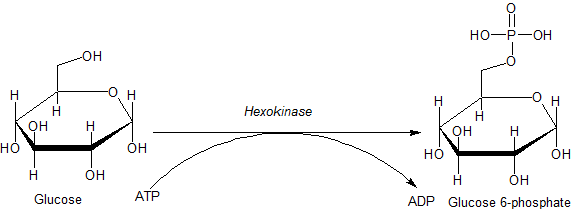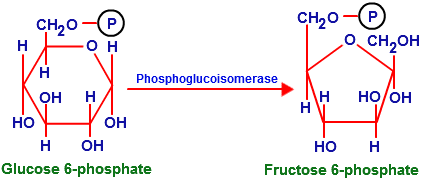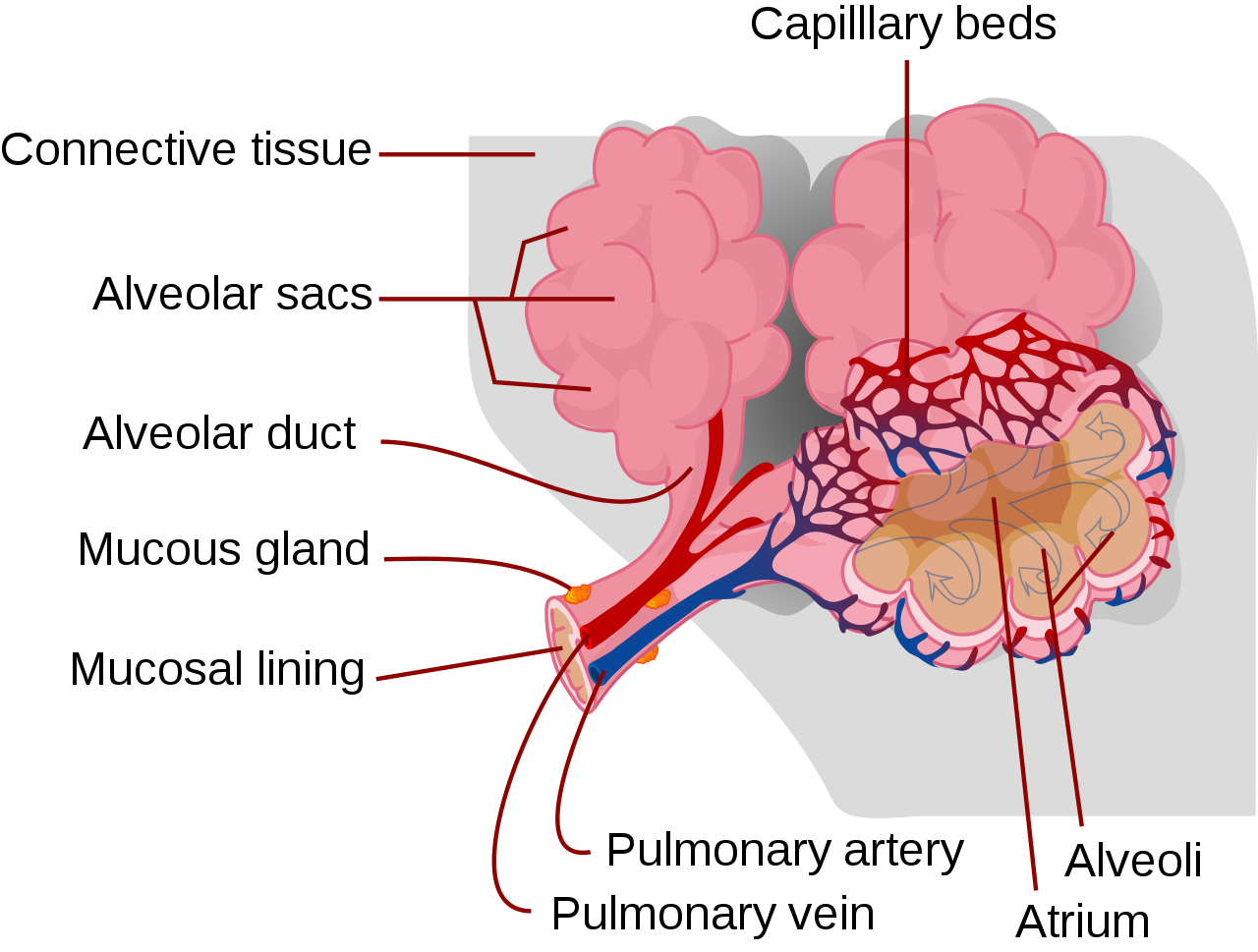Glycolysis
Glycolysis is the simply the
process of breaking down a sugar such as Gluclose into energy and pyruvate.
The chemical equation for
respiration is:
C6H12O6 +
6O2 ==> 6CO2 + 6H20
+ ATP
Glucose Oxygen Carbon dioxide Water Energy
the main stages of
glycolysis are:
Stage One:
To trap the glucose in the cell and destabilise it structure.
Stage Two:
To break down the glucose into smaller components.
Stage Three:
Harvest the energy to form ATP molecules and pyruvates.
As this topic is very
complicated and difficult to make it simpler with less rambling. I am going to
break glycolysis into ten simple steps!
STEP ONE:
The phosphorylation of
glucose, glucose moves into the cell with the help of a membrane transporter
and once inside the cytoplasm it undergoes phosphorylation process that is
catalysed by protein kinases called hexokinase.
This step is important as:
-Makes glucose polar which
traps the glucose into the cell.
-The negatively charged
phosphate group stops the glucose from moving across the cell membrane.
-The addition of a charged
moiety on the glucose destabilises the structure and increases its energy which
makes it more reactive and more likely to undergo glycolysis.
Some information on the
enzyme hexokinase:
-Hexokinase depends on the
presence of a divalent metal atom such as Mg2+
-Glucose moves into the
active site of hexokinase which creates a induced fit, which seals off water
out and stops ATP from being hydrolysed and it also places the glucose sugar
more closer to the ATP.
STEP 2:
Enzyme phosphogluclase
isomerase transforms on aldose (glucose 6 phosphate) into a ketose (fructose 6
phosphate)
STEP 3:
The OH group on carbon one
of fructose 6 phosphate is phosphorylised by ATP and catalysed by PFK enzyme.
Phosphofructokinase (PFK)
adds a second phosphoryl group on the sugar which commits the sugar to
glycolysis.
STEP 4:
Here we can see the
breakdown of gluclose into smaller components. The aim of stage 2 is to cleave
the fructose 1,6 bisphosphat inot two 3 carbon molecules called Glyceraldehyde
3- phosphate (GAP).
An enzyme called aldolase
catalyse the breakdown of fructose 1.6 bisphosphate into two different 3 carbon
moleculates called glyceraldehyde 3 phosphate and Dihydroxyacetone phosphate
(DAP)
The glyceraldehyde lies directly
on the glycolysis pathway which means it can go directly onto stage 3 of
glycolysis without any problems, however Dehydroxyacetone phosphate (DAP) does
not so needs to be modified. To prevent the loss of energy potential the DAP
must to be converted to GAP.
STEP 5:
An enzyme called triose
phosphate isomerase catalyse the rapid and reversible conversion of DAP to GAP.
TPI catalyses the conversion
of the ketose (DAP) into aldose (GAP) via an intermolecular redox reaction in
which a hydrogen is transferred from carbon one to carbon 2.
STEP 6:
This is stage three where glycolysis aims to harvest the energy in
glyceraldehyde 3 phsophate to form ATP, NADH and pyruvate molecules.
The initial process involves
the conversion of the glyceraldehyde 3 phsophate (GAP) into 1.3 Bisphoglycerate
this reaction is catalysed by anenzyme called Glyceradlehyde 3 phosphate
dehydrogenase.
STEP 7:
The transfer to ADP of the high
energy phosphate group that was generated in step 6 to make ATP. It is catalysed by the enzyme phosphoglycerate
kinase.
STEP 8:
The left over phosphate ester
linkage in 3 phosphoglycerate which has a very low free energy of hydrolysis is
moved to carbon 2 from carbon 3 to create 2 phosphoglycerate.
It is catalysed by the enzyme
phosphoglycerate mutase.
STEP 9:
The removal of water from 2 phosphoglycerate
which creates a high energy enol phosphate linkage. It is also catalysed by enolase
enzyme.
STEP 10:
The transfer to ADP of the
high energy phosphate group that was generate in step 9 creates glycolysis.
This is catalysed by the pyruvate kinase enzyme.
The whole process:
TIP: ... and that is it! Learning this the first time
round can be quite tricky! From all the diagrams and names it does look
puzzling but with practice and going over it a number of time you will get the
hang of it! I personally found this topic the hardest in biology and I have
written the notes in a very simple and concise way! I have attached a
additional video which I have found useful in understanding this topic.







